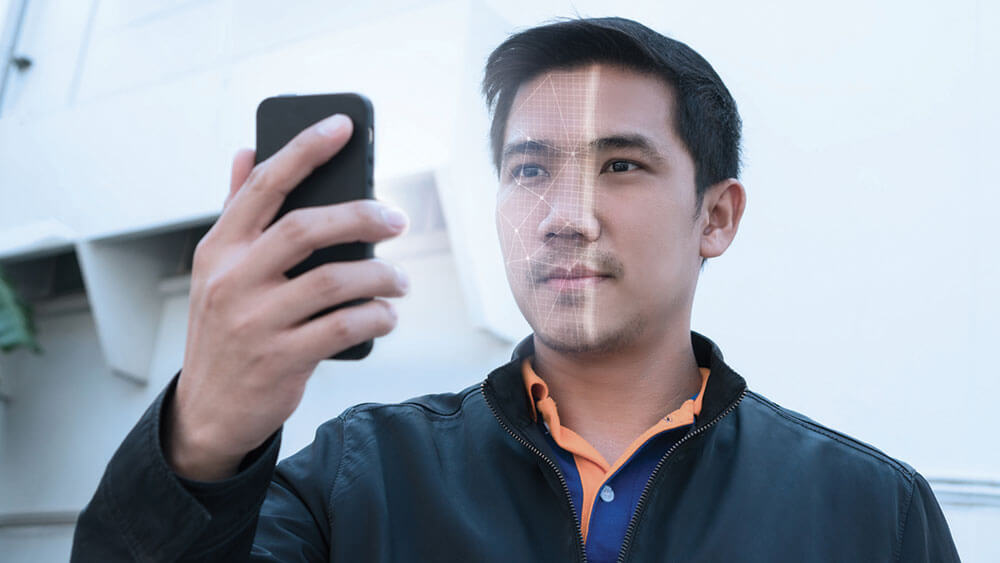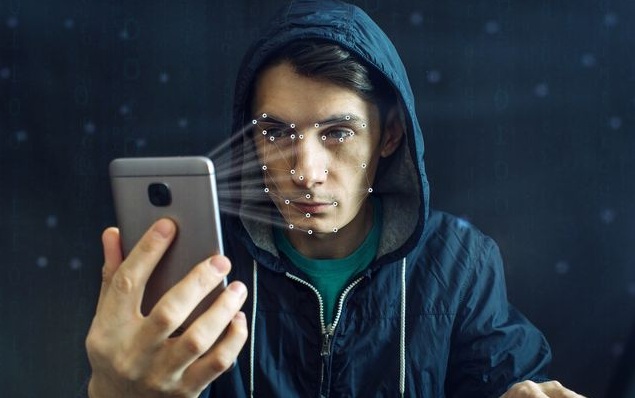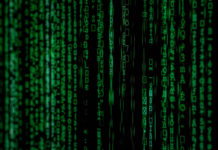Facial recognition software has always had the threat of letting Big Brother watch us even more than in the past, but some thought that Covid mask wearing might hopefully decrease the use of such software.

Anyone with a smartphone that uses facial recognition will know it does not really work with a mask on.That can be frustrating – or reassuring – but although masks have undoubtedly thwarted the facial-recognition industry, the technology has also adapted.
It may sound strange but wearing a mask does not necessarily stop a computer from identifying someone and there are even examples of the pandemic being used as an excuse to use facial recognition.
Last year, as people began to increasingly wear masks around the world, the prevailing view was it represented a huge challenge to facial recognition. It seemed obvious – algorithms designed to analyse faces would be less accurate if part of the face was concealed.

Sure enough, The National Institute of Standards and Technology (NIST) tested 89 commercial facial-recognition algorithms – and found a 5-50% error rate in matching faces with digitally applied masks to photos of the same person.
But some facial-recognition technologies still work pretty well on those wearing a mask.
In January, a US Department of Homeland Security “controlled-scenario test” found one with a 96% success rate – although the results “varied greatly between systems”.
“Based on these results” the department said, “organisations that need to perform photo ID checks could potentially allow individuals to keep their masks on, thereby reducing the risk of Covid-19 infection.”
And although some police forces are using facial recognition less,London’s Metropolitan Police, for example, has not conducted a facial-recognition test for over a year – it is still being used, even, reportedly, at Black Lives Matter protests last summer.
“Even if the use of this technology is temporarily interrupted… that doesn’t obviate the threat that this technology poses both in the short and the long term,” says Michael Kleinman, from Amnesty International.”Anyone walking in front of a camera where police departments are running facial recognition – their face can be captured and they can be identified. That’s Orwellian.”
In the private sector, it is harder to tell whether the use of facial recognition has decreased over the past year – there is no directory, no list of when and where it is used.
But recently, it was announced Disney World was to trial facial-recognition technology for a month.
Its system takes an image of a customer’s face and converts it into a unique number, which is associated with the form of admission used for entry into the theme park.
The idea is to cut waiting times, with Disney saying it wants a more “touchless experience”.And crucially, the technology does not require guests to take off their masks.
The bottom line? As a society we should be very observant of how such technology is to be used, for everyone’s sake.











